Intermediates
Gallantry and accessories
Blog Piekiełka
Lassi - an ancient drink made from yogurt
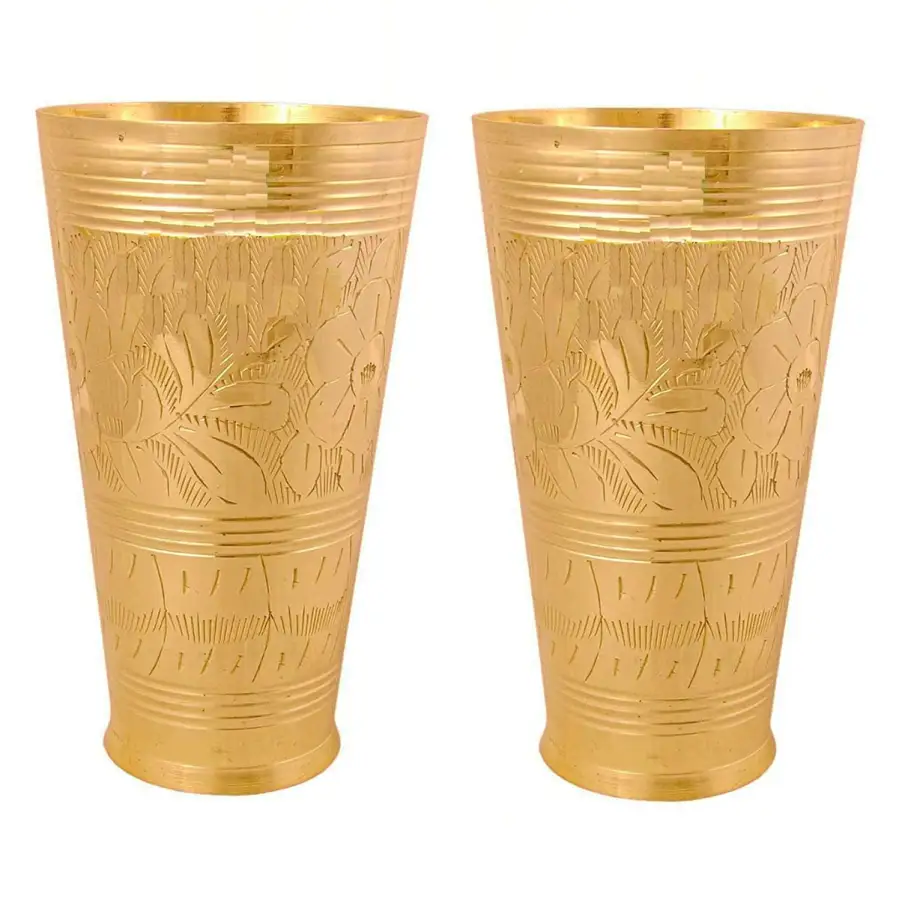
Everyone has heard about the benefits of yogurt, but to give your body even more benefits, it's worth drinking instead a drink called lassi, already recommended by ancient Indian medicine, and extremely simple to prepare. In India, the history of lassi dates back to about 2,000 B.C.; the first references to milk and yogurt drinks appeared in India during the Vedic period (that's when the Vedas, the sacred books of Hinduism, were written). The drink lassi was offered to the gods, as they were entitled only to the best products, and dairy products were one of those at the time.
What is lassi?
Lassi originated in the Punjab region of the Indian subcontinent, and the name in Punjabi means yogurt mixed with water. The drink is traditionally made with "dahi," a sour milk product equivalent to yogurt. Cow's, buffalo or goat's milk is used to make dahi. Along with ghi (a type of clarified butter), dahi is a food product that has been known for at least 5,000 years.
In areas where Asian buffalo are the main farm animals, dahi is made from buffalo milk. It contains more fat than cow's milk, so dahi yogurt is thicker. To prepare lassi, dahi is mixed with water, spices and sometimes fruit.
In wealthy homes, salty lassi was served as a beverage to important guests as a sign of respect, as water or tea would be too common. In the homes of aristocrats, sweet and fruity lassi were created, combining pleasant refreshment with health-promoting properties. Lassi was the most widespread remedy, especially for inflammatory rheumatic diseases. Besides, this drink was also considered an aphrodisiac for men and women. In many regions of India, it is still a must-have at holiday parties to this day.
Yogurt drink with several thousand years of tradition
It is likely that the first lassi was made thousands of years ago by some creative Punjabi shepherd who added some water to sour goat's milk, a little salt and mixed everything thoroughly. Apparently, the drink appealed to more than just his fellows, as over the centuries it spread widely throughout northern India and Pakistan, and later to Britain and other countries that were part of the British Empire. Almost every Asian country has its own lassi recipe, and the main variants of the drink include:
- namkin lassi - is prepared from a mixture of yogurt (dahi) and water with the addition of salt, black pepper, cumin and sugar,
- masalewal lassi - this drink is made by adding ingredients such as almonds, ginger, green chilies and pistachios from yogurt with water,
- meethi lassi - cardamom, rose water and saffron are added to the yogurt-water mixture in this version,
- bhang lassi - this is a cannabis-based drink containing extract of female cannabis flowers and leaves, spices and coconut milk. Bhang lassi is the unofficial drink of the Holi festival, the Hindu festival of spring and color.
- Fruit lassi - fruit, such as mangoes or strawberries, can be added to a mixture of yogurt and water.
Indian lassi has its counterparts in other countries:
- Ayran - a drink based on yogurt, water and salt prepared in the West Asian region, mainly in Turkey and the Caucasus.
- Dhug - a yogurt drink from Persian cuisine, widespread in Iran, Iraq and Afghanistan.
- Laban - an Arabic dairy product comparable to yogurt, popular in the Middle East.
Sample lassi recipes
- Sweet lassi
Ingredients:
- 100 ml of natural yogurt,
- 300 ml water,
- 1-2 tablespoons of cane sugar,
- 1 tablespoon of rose water.
Preparation:
Mix all ingredients thoroughly with a mixer, prepare fresh before serving.
- Salty lassi
Ingredients:
- 100 ml yogurt,
- 300 ml of water,
- 1 piece (about, 1 cm) of fresh ginger grated or finely chopped,
- ¼ teaspoon ground romaine cumin,
- ½ teaspoon chopped coriander leaves,
- 1 pinch of salt.
Preparation:
Mix all ingredients thoroughly with a mixer, prepare fresh before serving.
Kulhar - a traditional lassi cup
Kulhar, or kulhad, matir bhar, called shikora, is a traditional ceramic cup without a handle originating in South Asia. Kulhars may have been used in the region for the last 5,000 years since the Indus Valley civilization. They were usually used to serve hot beverages like tea, to which the unglazed vessels gave a peculiar earthy aroma. Kulhar is also used for drinking milk or lassi.
The popularity of the lassi drink has helped to enrich the forms in which it is served. Since in India lassi is more than just a classic yogurt drink - it refreshes, softens the taste of spicy foods, aids digestion and has many other positive effects - the right vessel is also important. In addition to ceramic and glass mugs, there are elegant, beautifully decorated Indian mugs made of silver, silver-plated metal or brass. Handcrafted vessels with geometric or floral engraved ornamentation perfectly enhance the character and taste of the ancient lassi drink.
Ethnic Jewelry
-
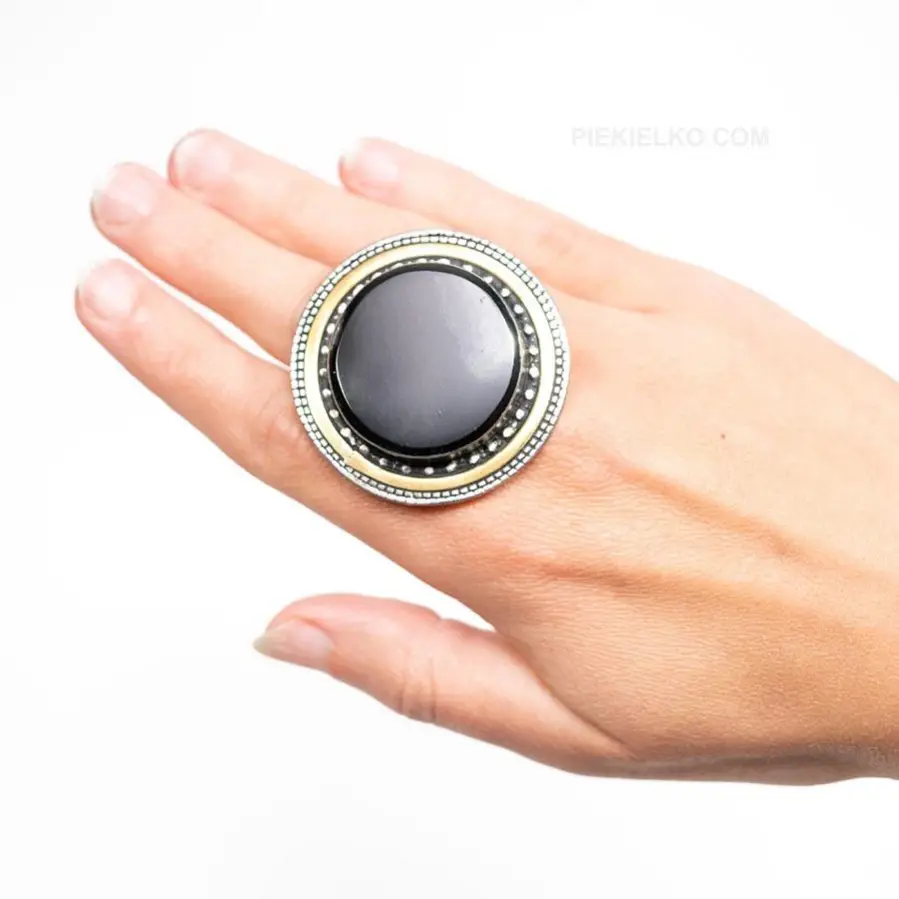
Gold plated ring with agate
165,00161,70 -

Silver ring with a pearl
357,00349,86 -
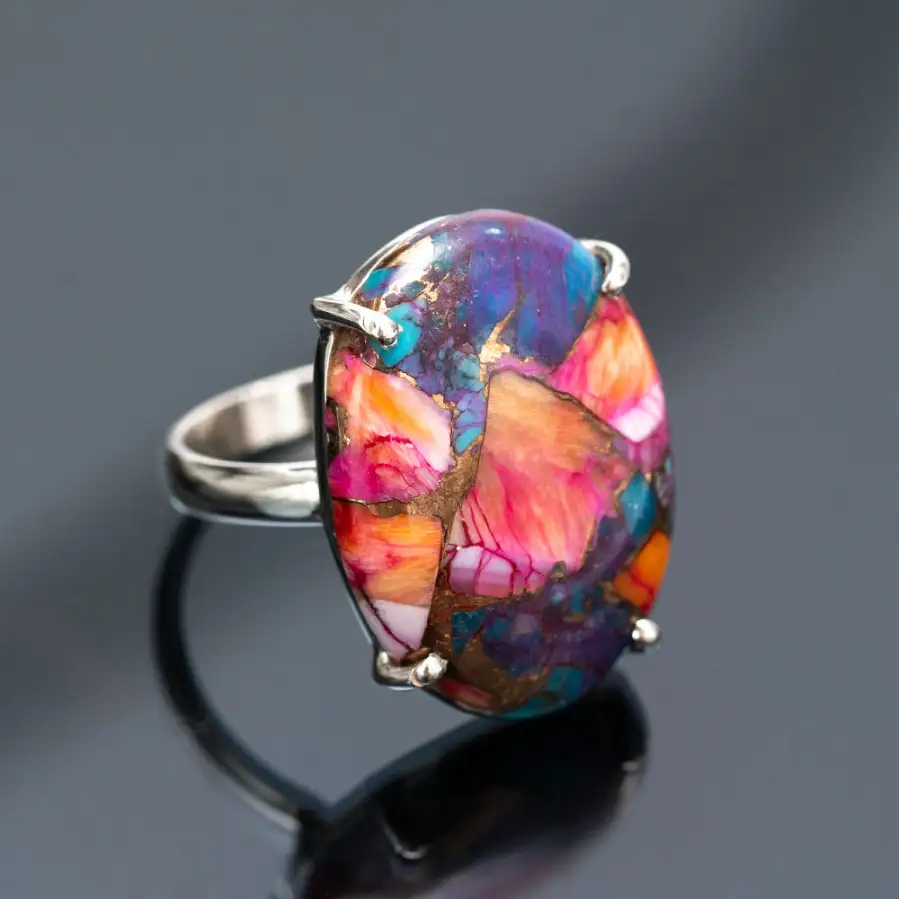
Silver ring with purple turquoise
370,00362,60 -
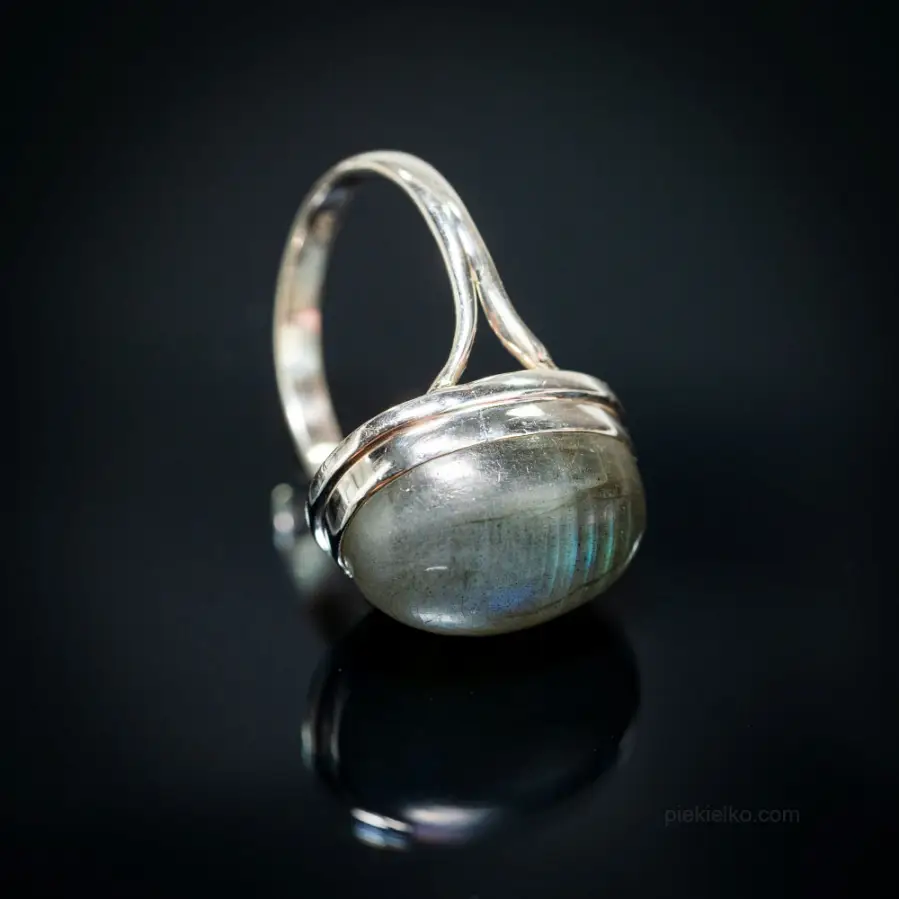
Silver ring with labradorite
320,00313,60 -
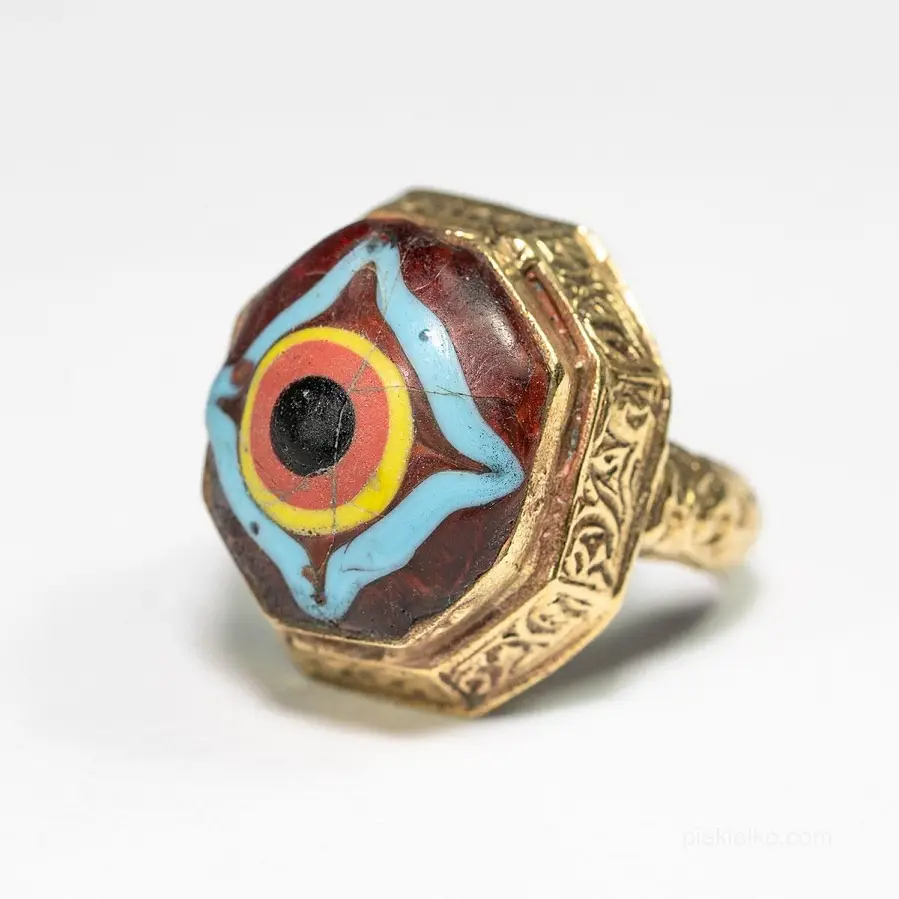
Brass Gabri Glass signet ring
98,0096,04 -
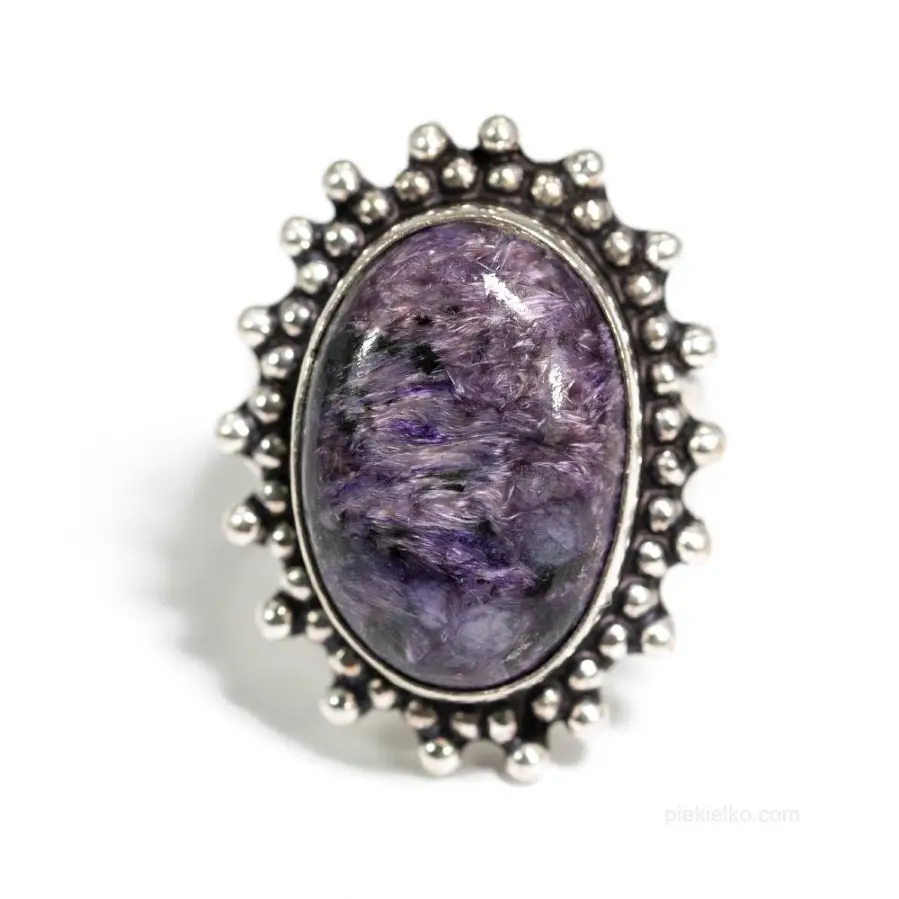
Ring with magical Russian charoite
199,00117,01 -
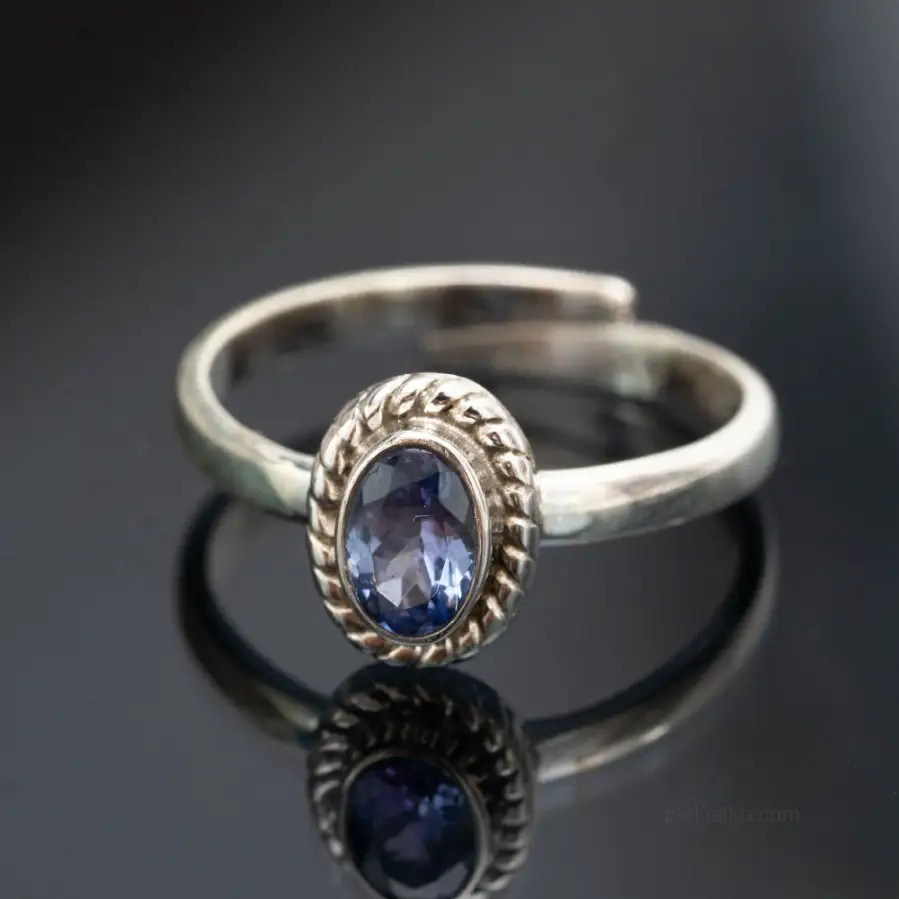
Natural tanzanite - a blue glow of luxury
420,00411,60 -
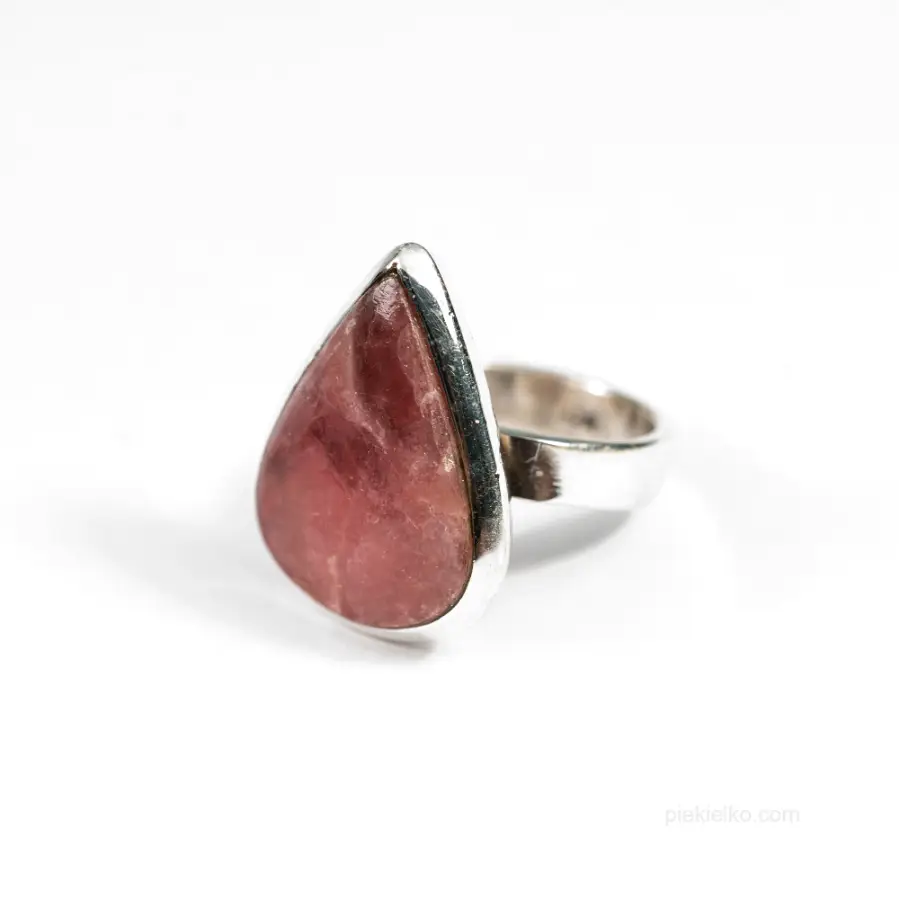
Silver ring with rhodochrosite
389,00381,22 -
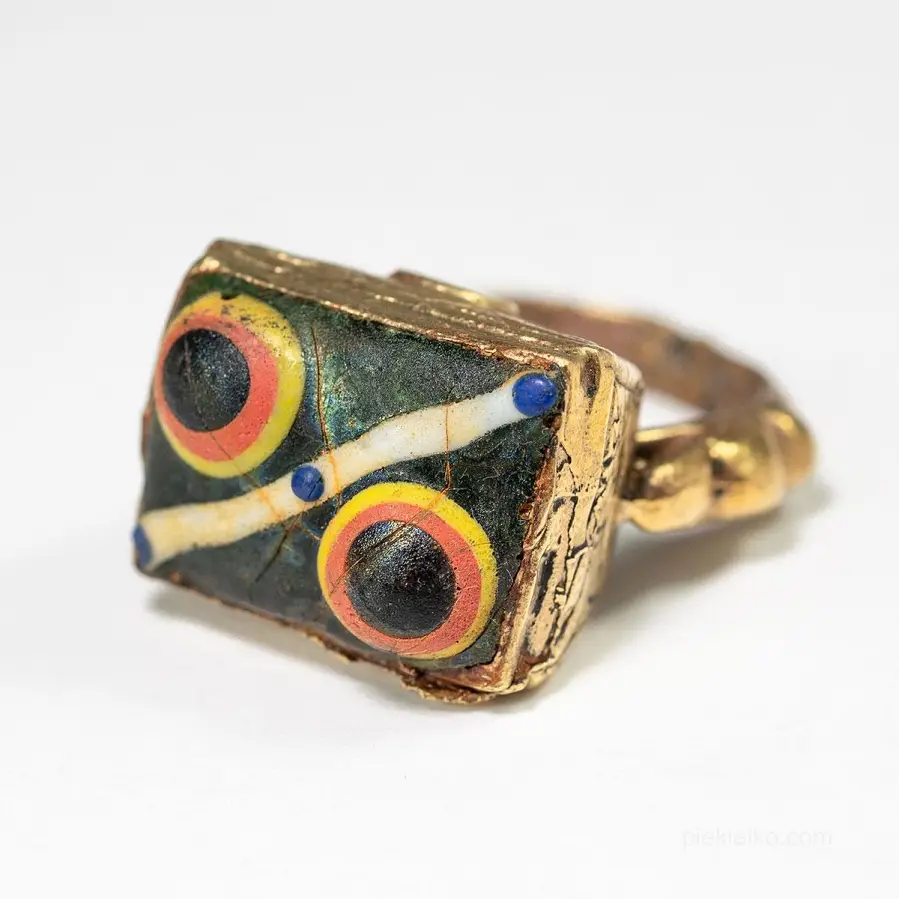
Ethnic gabri glass ring
98,0096,04 -

Hamsa ring
133,00130,34 -

White opal from Ethiopia ring
510,00499,80 -
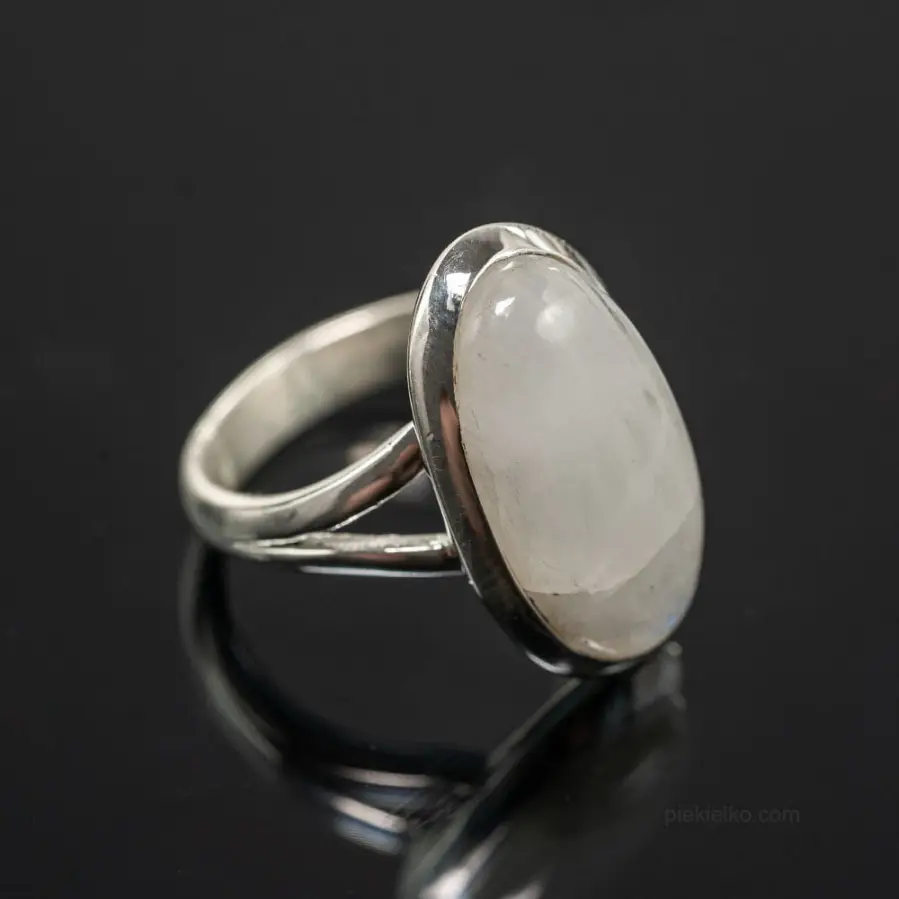
Silver Glow and the Mystery of the Moon
300,00294,00 -

Silver ring with four garnets
400,00392,00 -
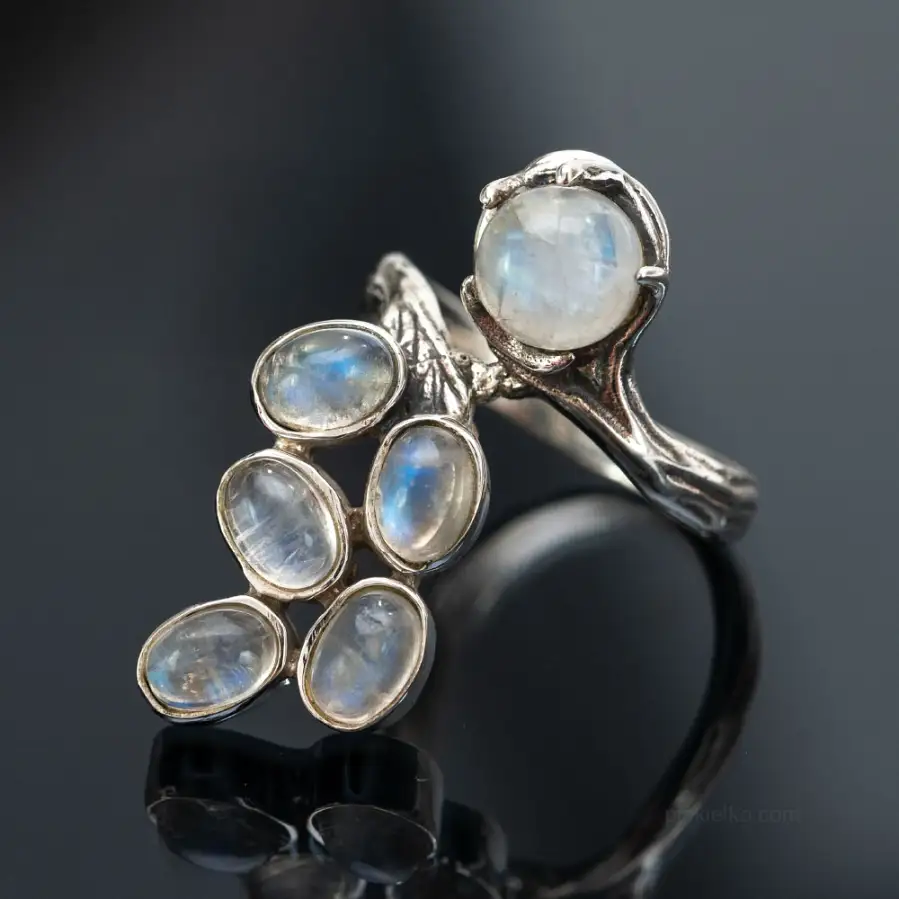
Magic ring with moonstones
470,00460,60 -
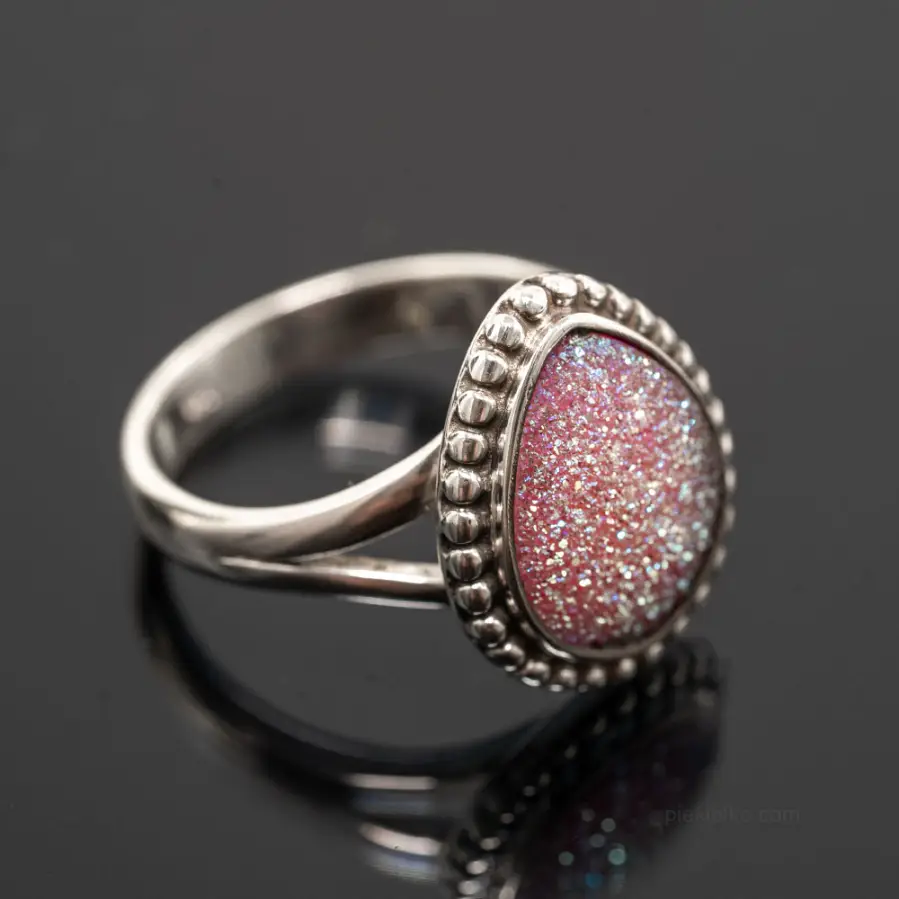
Space nebula - titanium drusen
280,00274,40 -
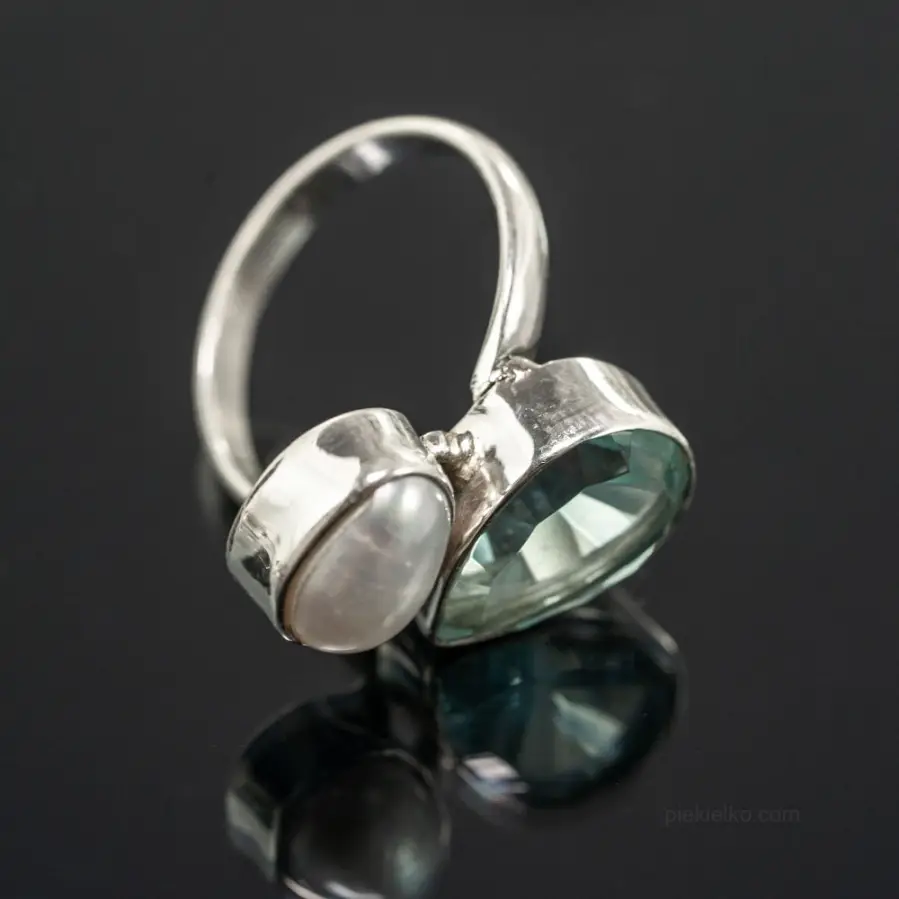
Mermaid's pearl tear - silver ring
340,00333,20 -
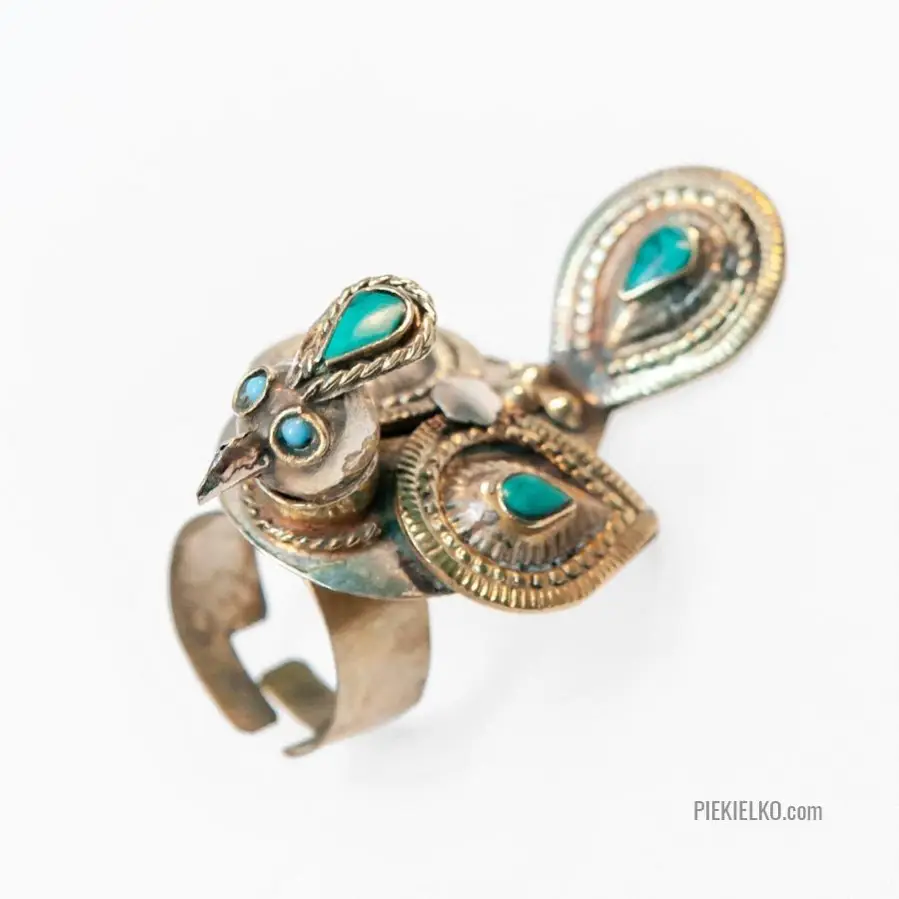
Arabian bird ring
134,00131,32 -
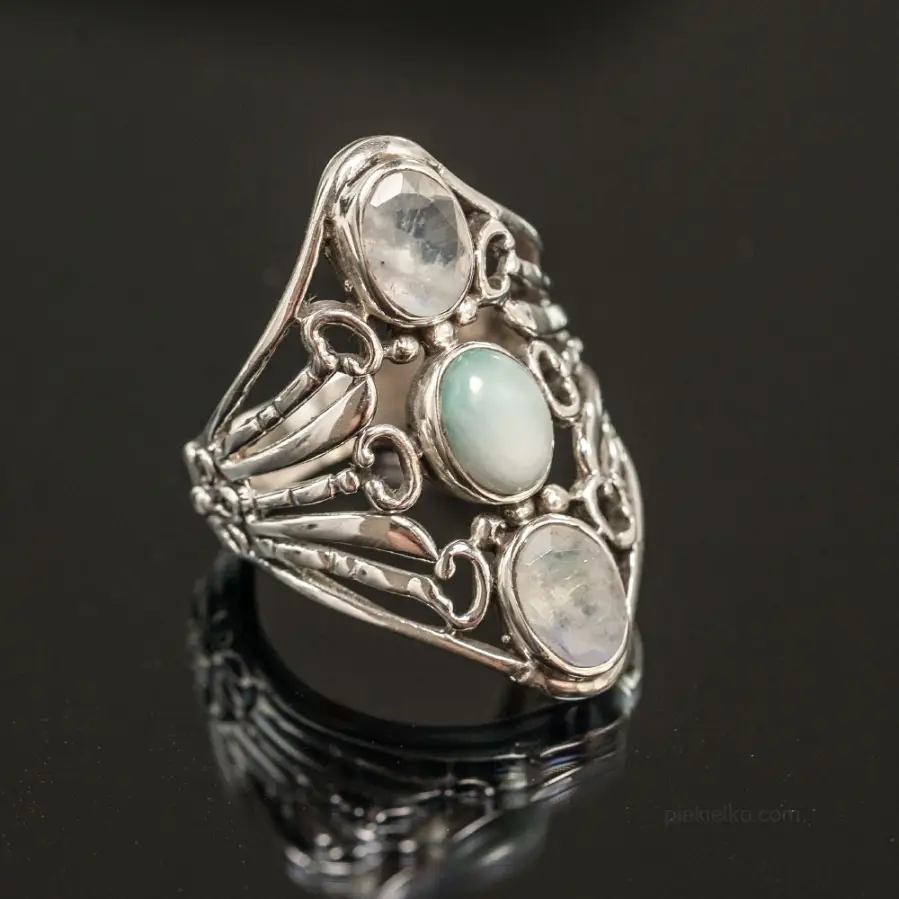
Ring with larimar and moonstone
360,00352,80 -
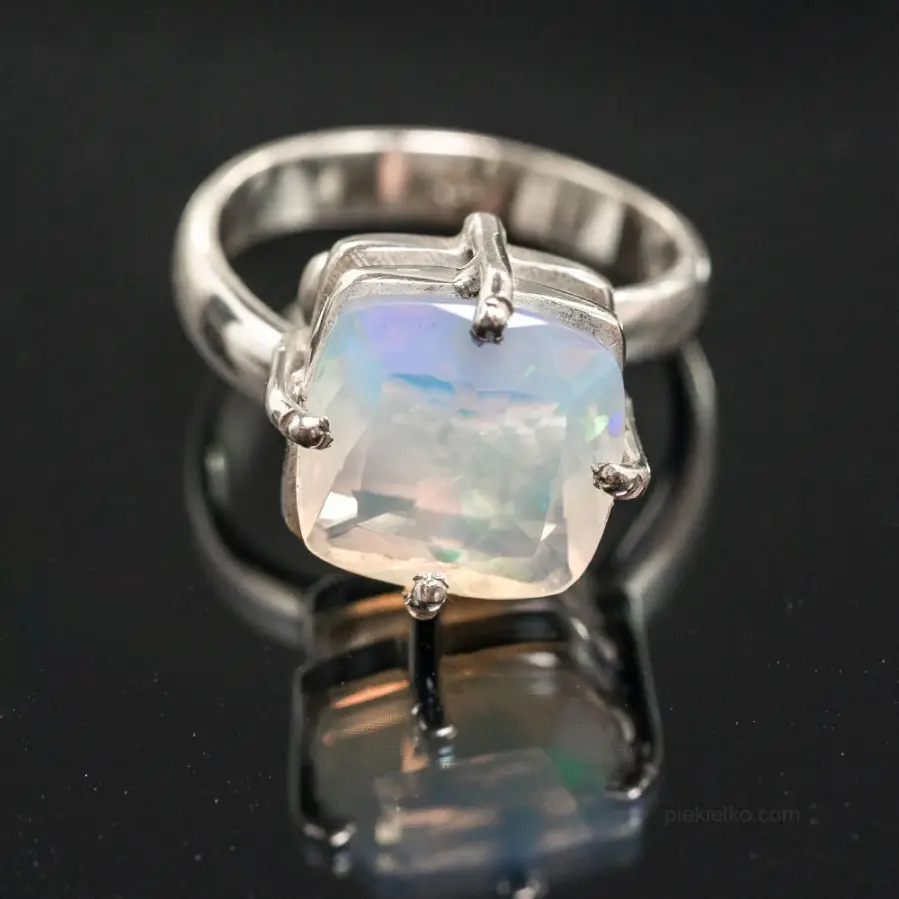
A flash of white opal from Ethiopia
550,00539,00 -
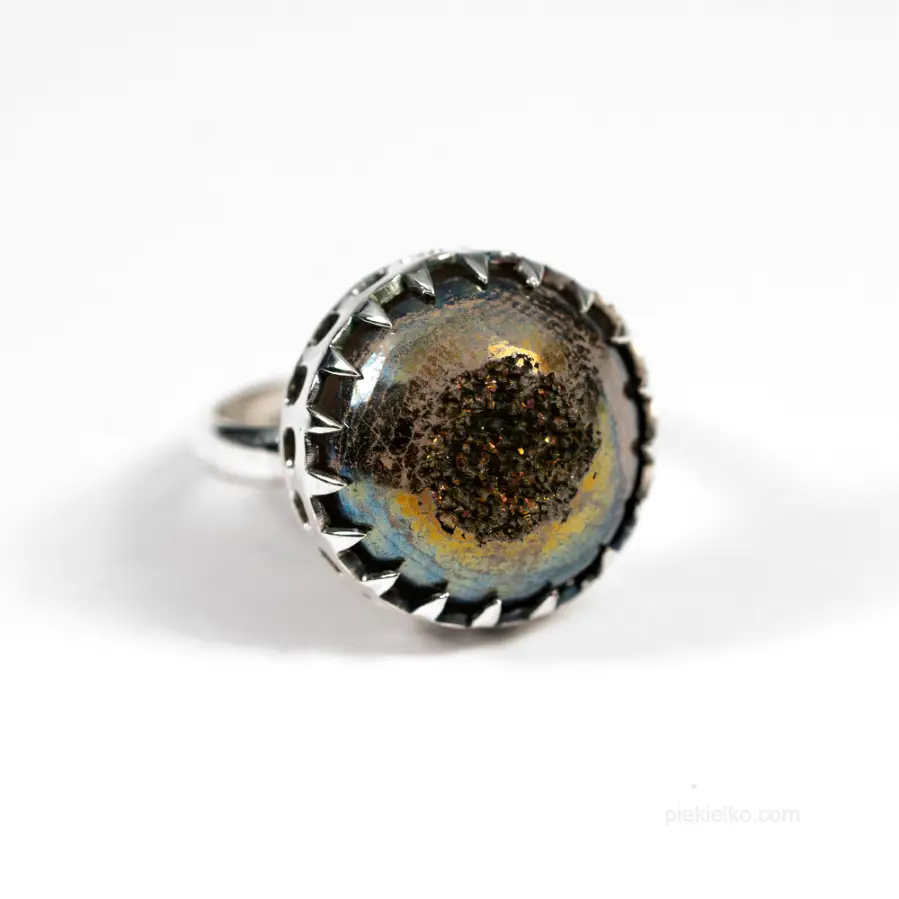
Ring with titanium drusen
290,00284,20



© Piekielko.com

